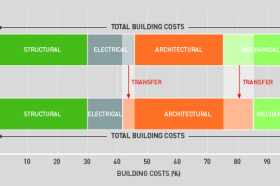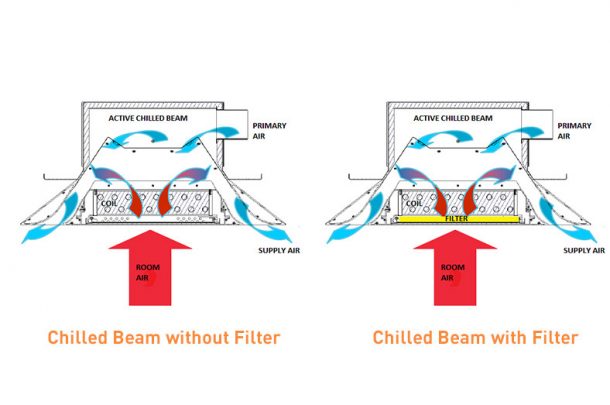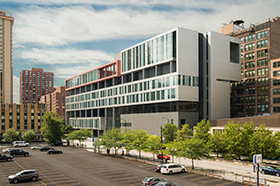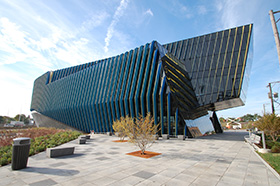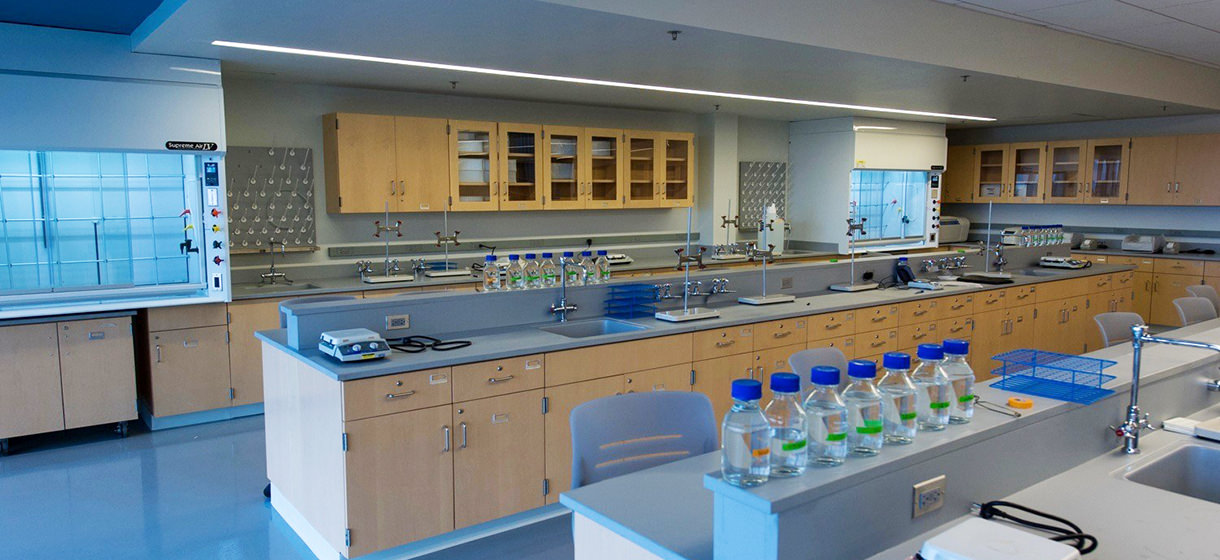
If you are a Facilities Director at an elementary school, high school, or university and have been tasked with converting a standard classroom to a chemistry lab space, how do you decide what type of ventilation system to use? You may know you will need lab hoods with exhaust fans connected to them, but where should the makeup air come from? You know that protecting users from potentially toxic fumes is your top priority, but do you also need to protect the experiments from contamination? Is a “clean room” environment required? You know laboratory ventilation systems can use lots of fresh air and be expensive to operate, but you also want to use the space as a classroom – can a system be designed to satisfy both requirements?
As you may have already noticed there can be a lot of questions that need answers and decisions that need to be made when working with laboratory ventilation systems. The following paper will take an in-depth look at some of the considerations to think about in planning your next laboratory design project. Read more here.






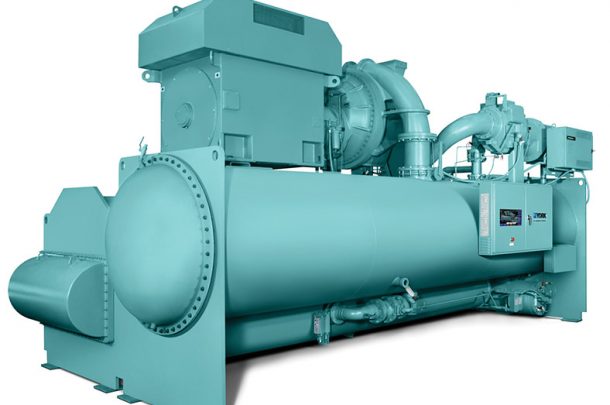
 Chiller Replacement Yields Savings for Local University
Chiller Replacement Yields Savings for Local University 
